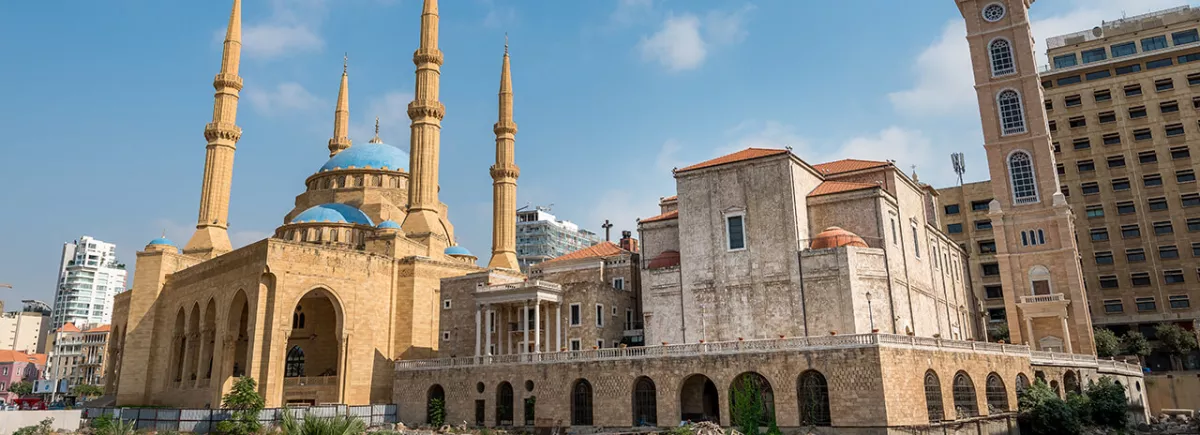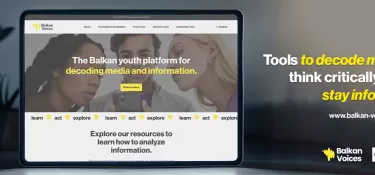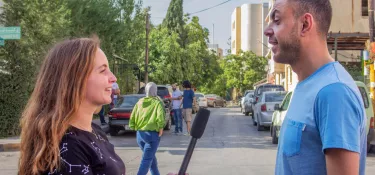
Perspectives on cultural and religious diversity in Lebanon
Related project
NaseejDiscover the synthesis of a study, conducted in 2017, of media coverage of diversity related issues in the Iraqi, Lebanese and Syrian media.
This study draws up an appraisal of how diversity-related issues are currently being dealt with in the Lebanese, Iraqi and Syrian media.
It was launched by CFI and the
SKeyes Center for Media and Cultural Freedom (run by the Samir Kassir Foundation), as part of the Naseej project – 'Naseej' meaning 'weaving' in Arabic – which calls on the media to restore and maintain a balanced and peaceful debate focusing on these issues.
Over a two weeks period, researchers identified the articles and reports dealing directly or indirectly with this subject, analysing their size and frequency, and ranking the various media groups in terms of how often they focus on the subject.
They examined the terminology, semantic field, cultural references and stereotypes, assessing whether – in the same media outlet – the subject is dealt with differently depending on the pages and departments.
Synthesis of the results of this study for Lebanon.
Findings
In Lebanon, during the chosen period for the study, the results reflect the Lebanese media's approach to diversity: it is perceived as an asset in half of the articles/reports and as a threat in the other half.
The main conclusion is that, even though the Lebanese media reflect the diversity and talk about the majority of the cultural and religious groups that exist in Lebanon, the fact remains that all these groups are mentioned in a political context. The media rarely deal with diversity from a cultural, social, intellectual or religious angle. It is true that, during this period, security and the debate about electoral law – which were the main news stories – justified, in a way, the mentioning of diversity in a mainly political context. However, this period also coincided with the "interfaith" feast of the Annunciation which, in various regions of Lebanon, is not just celebrated on 25th March, but throughout the entire week prior to this date. This celebration did not receive sufficient media coverage. That is why we encourage the Lebanese media not to favour solely the political aspect when mentioning the various cultural and religious groups, but to try to cover other aspects too.
On the other hand, there is an equal balance between the articles/reports conveying the message of "others/diversity as an asset" and those that convey the opposite message, portraying "others/diversity as a threat". A thorough examination of the analysis regarding methodology reveals a direct correlation between "others/diversity as a threat" and methodological error (whether in terms of viewpoint, approach or terminology). When the message reflects diversity from the angle of it posing a threat, often the journalist demonstrates less professionalism in the composition of their article/report.
It should be noted that analysis of the articles shows that the media publishing them seem to relay the various political opinions, instead of casting a critical eye over them, thus reducing their ability to exert their status as the Fourth Estate.
Recommandations
In terms of recommendations, the media should offer journalists and editors more training on covering diversity-related subjects, with a view to reducing errors in methodology, prejudices, personal bias or the indirect publication of hate speech, when preparing articles/reports dealing with religious or cultural diversity, whether directly or indirectly.
Find all articles of the
contest Naseej in the booklet What does the future hold for minorities in the Middle East?


